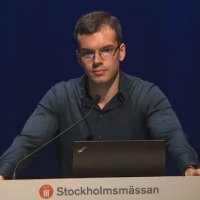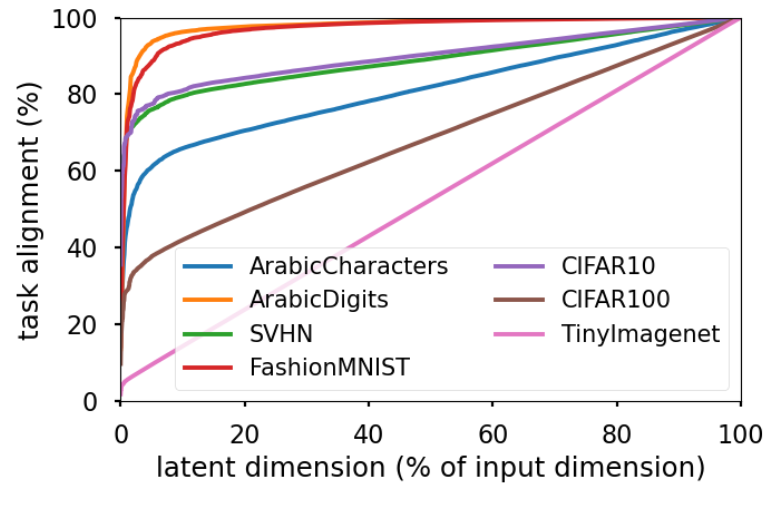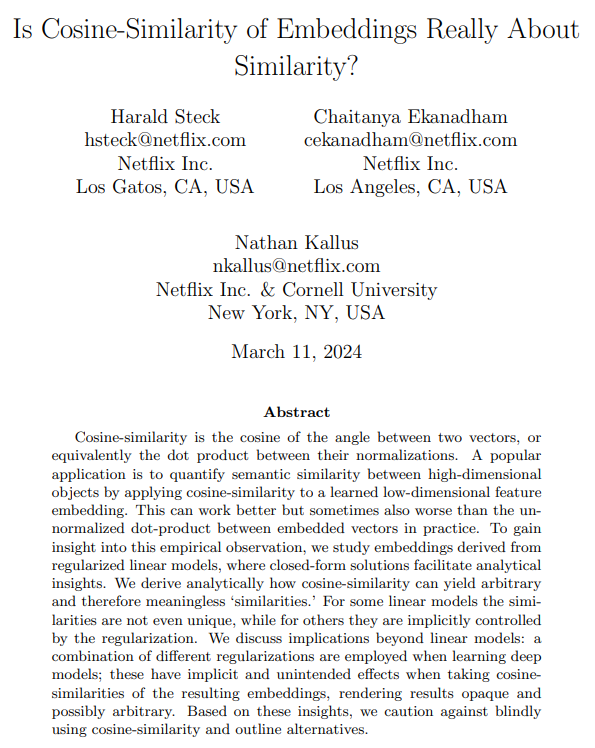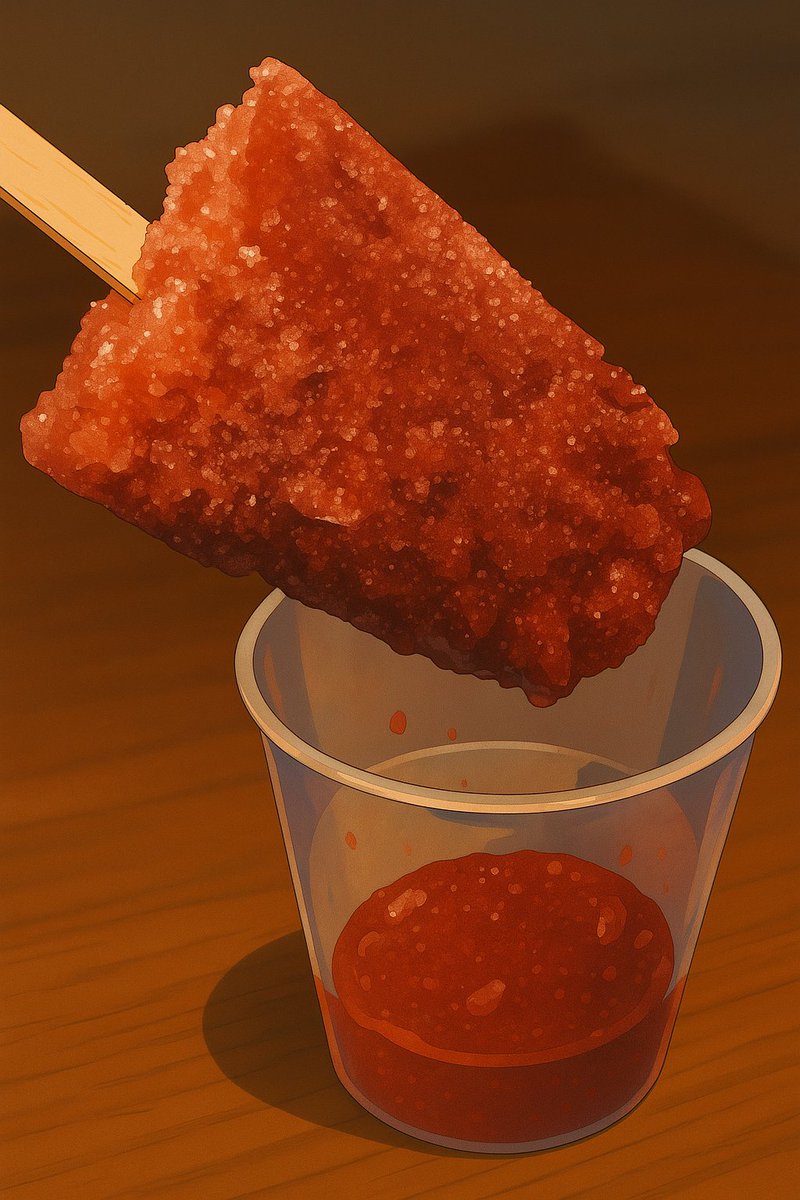
Akshay Jagadeesh
@akjags
computational cognitive neuroscientist. postdoc at harvard studying visual perception in brains and machines. previously: phd in neuro+psych @ stanford. he/him.
ID: 43040835
https://www.akshayjagadeesh.com 28-05-2009 03:47:06
446 Tweet
640 Followers
676 Following





New paper nature.com/articles/s4146… Great work by Federico Bolaños, Javier Orlandi and our collaborators at Stanford Psychology, Akshay Jagadeesh and Justin Gardner




New study Cell Reports🥳 Using recordings & #deepnet driven image synthesis we find an intriguing difference btw🐭&🐒 visual cortex/V1 🐭: complex, non-Gabor like receptive fields 🐒: Gabor-like RFs Team effort🙌Jiakun Fu Andreas Tolias Lab @ Stanford University sinzlab & more👇 cell.com/cell-reports/f…


Why do varied DNN designs yield equally good models of human vision? Our preprint with Mick Bonner shows that diverse DNNs represent images with a shared set of latent dimensions, and these shared dimensions turn out to also be the most brain-aligned. arxiv.org/abs/2408.12804





Super pumped to announce that our new work “Face cells encode objects parts more than facial configuration of illusory faces” with Kasper Vinken, Akshay Jagadeesh and Marge Livingstone is now out in Nature Communications! doi.org/10.1038/s41467…



In the physical world, almost all information is transmitted through traveling waves -- why should it be any different in your neural network? Super excited to share recent work with the brilliant Mozes Jacobs: "Traveling Waves Integrate Spatial Information Through Time" 1/14





